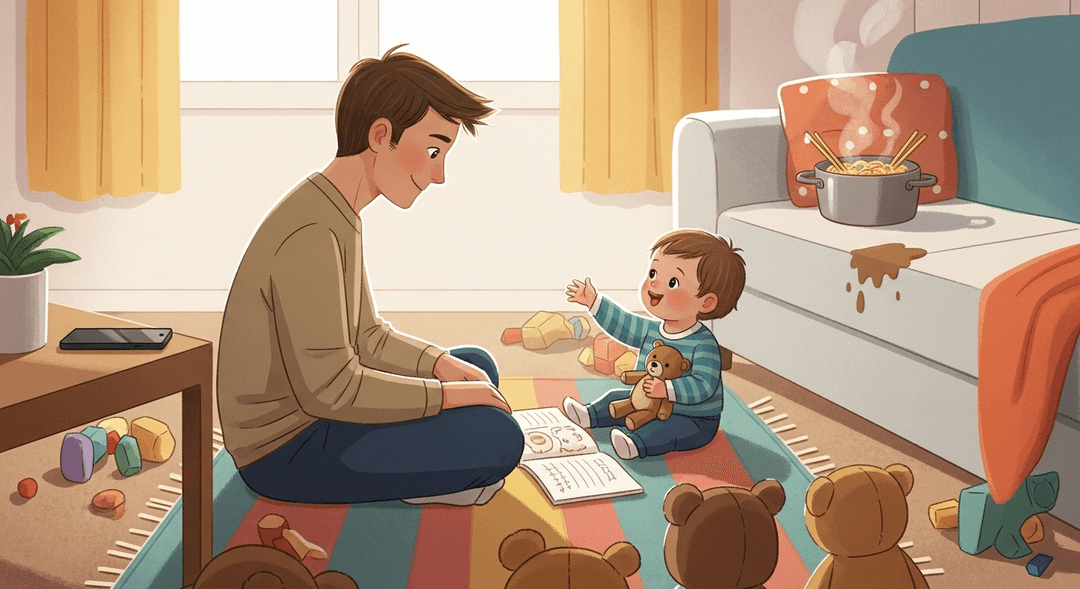Practice Active Listening
Ever tried to decode a toddler’s story while answering emails, stirring pasta, and negotiating a peace treaty between stuffed animals? Yeah, me too. Active listening is the magical unicorn of parenting—sounds mythical, but turns out, if you put your phone down and look your kid in the eye, you might actually find out why the couch is sticky. Spoiler: it’s not always juice.
When kids feel heard, their little brains light up like a pinball machine—hello, self-esteem and trust! For you, it’s a fast-track to connection (and fewer meltdowns). Active listening builds neural pathways for empathy, language, and emotional regulation. Plus, you get bonus points for catching plot twists in the saga of ‘why the dog is wearing socks.’
How to do it
-
Put down the phone—even if it’s just for a minute. Give your full attention to the moment.
-
Get on their level. Literally squat or sit so you’re face-to-face, making the interaction more personal and engaging.
-
Make eye contact and nod, as if you’re attending a really intense TED talk. Show that you’re actively listening and interested.
-
Repeat back what you hear. For example, you might say, “So, the banana is now the king of the living room?” This helps confirm you understand and encourages more sharing.
-
Resist the urge to fix, judge, or rush the conversation. Just be present, even if the story ends with, “and then I forgot.”
Key Tips:
- Stay present and avoid distractions.
- Use body language to show you’re engaged.
- Reflect back what you hear to validate their experience.
- Avoid jumping in with solutions or judgments.
- Let the conversation unfold at its own pace.
